Even more amazing is that some of the places i listed here are made naturally, without any human influences, well maybe a bit organizing effort, but still they are mostly made by the nature originally.
But, what struct me the most is that what the nature creates is way out of human's league, only from nature that some of these places could happen. It shows us that humans are clearly can not become greater than the nature itself.
Namiseom / Nami Island
Namiseom / Nami Island is a tiny half-moon shaped island located in Chuncheon, South Korea, formed as it was inundated by the rising water of the North Han River as the result of the construction of Cheongpyeong Dam (청평댐) in 1944. Its name originated from General Nami (남이장군), who died at the age of 28 after being falsely accused of treason during the reign of King Sejo, the seventh king of the Joseon Dynasty of Korea. Although his grave wasn't discovered, there were a pile of stones where his body was supposed to be buried. It was believed that if someone took even one stone from there, it would bring misfortune to their house. A tour company arranged the grave with soil and then developed Namiseom into an amusement park.
Jeju island
Jejudo is a volcanic island, 130 km from the southern coast of Korea. The largest island and smallest province in Korea, the island has a surface area of 1,846 sqkm. A central feature of Jeju is Hallasan, the tallest mountain in South Korea and a dormant volcano, which rises 1,950 m above sea level. 360 satellite volcanoes are around the main volcano.
Machu Picchu
Machu Picchu "Old Peak" is a pre-Columbian 15th-century Inca site located 2,430 metres (7,970 ft) above sea level. It is situated on a mountain ridge above the Urubamba Valley in Peru, which is 80 kilometres (50 mi) northwest of Cusco and through which the Urubamba River flows. Most archaeologists believe that Machu Picchu was built as an estate for the Inca emperor Pachacuti (1438–1472). Often referred to as the "Lost City of the Incas", it is perhaps the most familiar icon of the Inca World.The Incas started building the "estate" around AD 1400, but abandoned it as an official site for the Inca rulers a century later at the time of the Spanish Conquest. Although known locally, it was unknown to the outside world before being brought to international attention in 1911 by the American historian Hiram Bingham. Since then, Machu Picchu has become an important tourist attraction. Most of the outlying buildings have been reconstructed in order to give tourists a better idea of what the structures originally looked like. By 1976, thirty percent of Machu Picchu had been restored. The restoration work continues to this day.
The Canadian Rockies
Canada’s most remarkable natural gift is Canadian Rockies. The Canadian Rockies are composed of shale and limestone. The Canadian Rockies encompass the Canadian segment of the North American Rocky Mountains range.Stonehenge
Stonehenge is a prehistoric monument located in the English county of Wiltshire, about 2.0 miles (3.2 km) west of Amesbury and 8 miles (13 km) north of Salisbury. One of the most famous sites in the world, Stonehenge is composed of a circular setting of large standing stones set within earthworks. It is at the centre of the most dense complex of Neolithic and Bronze Age monuments in England, including several hundred burial mounds.
Archaeologists believe the iconic stone monument was constructed anywhere from 3000 BC to 2000 BC, as described in the chronology below. Radiocarbon dating in 2008 suggested that the first stones were erected in 2400–2200 BC, whilst another theory suggests that bluestones may have been erected at the site as early as 3000 BC.
Lake Saif ul Malook
The Guardian positioned Lake Saif ul Malook as the 5th Best Tourist Destination in Pakistan. Lake Saiful Muluk is a beautiful lake in actual fact. The lake is located at the northern end of the Kaghan Valley in close proximity to Naran. A fairy story called Saiful Muluk, written by the well-known sufi poet Mian Muhammad Bakhsh, is associated with the lake. The lake view is eye catching.Salar de Uyuni
Check out this video:
Salar de Uyuni is the world's largest salt flat at 10,582 square kilometers (4,086 sq mi). It is located in the Potosí and Oruro departments in southwest Bolivia, near the crest of the Andes, and is elevated 3,656 meters (11,995 ft) above the mean sea level. The Salar was formed as a result of transformations between several prehistoric lakes. It is covered by a few meters of salt crust, which has an extraordinary flatness with the average altitude variations within one meter over the entire area of the Salar. The crust serves as a source of salt and covers a pool of brine, which is exceptionally rich in lithium. It contains 50 to 70% of the world's lithium reserves, which is in the process of being extracted. The large area, clear skies and exceptional surface flatness make the Salar an ideal object for calibrating the altimeters of the Earth observation satellites. The Salar serves as the major transport route across the Bolivian Altiplano and is a major breeding ground for several species of pink flamingos.
Halong Bay
Halong Bay is located in Quáng Ninh province, Vietnam. The bay features thousands of limestone karsts and isles in various sizes and shapes. The bay has a 120 kilometre long coastline and is approximately 1,553 square kilometres in size with 1969 islets. Several of the islands are hollow, with enormous caves, other support floating villages of fishermen, who ply the shallow waters for 200 species of fish and 450 different kinds of mollusks. Another specific feature of Halong Bay is the abundance of lakes inside the limestone islands, for example, Dau Be island has six enclosed lakes. All these island lakes occupy drowned dolines within fengcong karst.
Skardu Valley
Skardu valley is a place of attraction especially for visitors during summers. Skardu Valley is division of the Baltistan which is is spread over an area of 26,000 square kilometres – A large number of local and foreign tourists visit this valley every year to see the beauty of the place. .The Skardu valley is 40-kilometre long, 10-km wide and carpeted with sand dunes.The Great Barrier Reef
The reef is located in the Coral Sea, off the coast of Queensland in north-east Australia. The Great Barrier Reef can be seen from outer space. The Great Barrier Reef includes over 2900 reefs, approximately 940 islands and cays, and widens 2300 kms along the Queensland coastline.
Let's just take a notice out of this top 10 beautiful places in the world, so that we humans could respect and care about the nature more than before. Go green ^_^
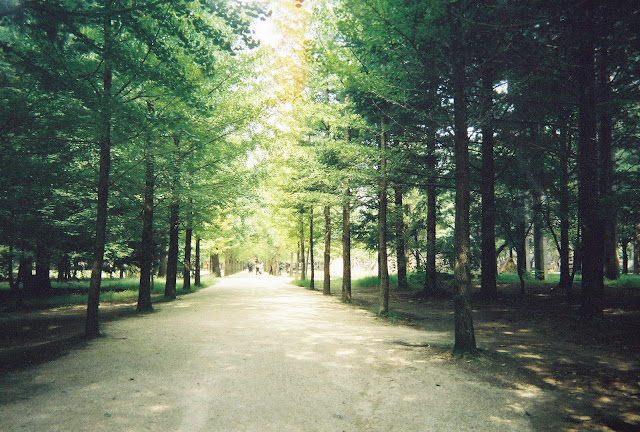
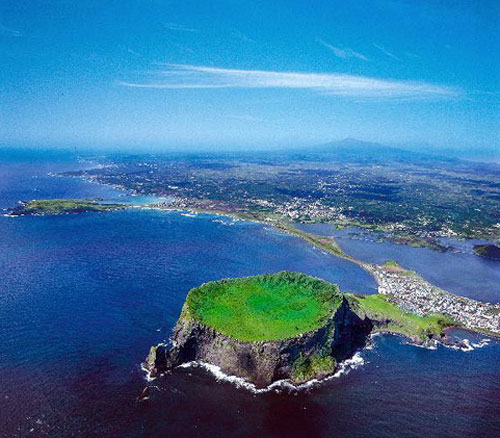
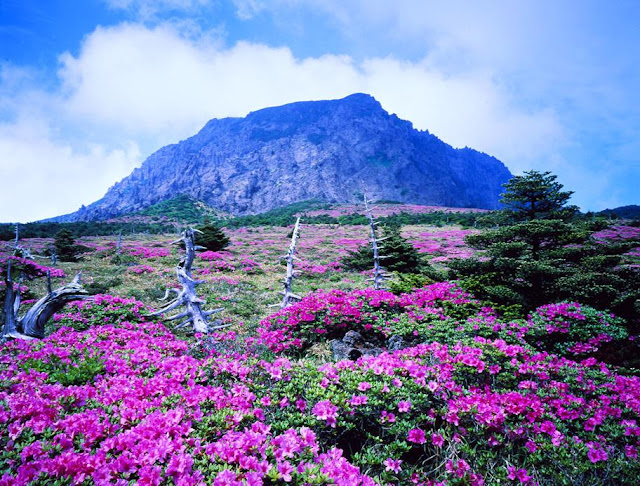


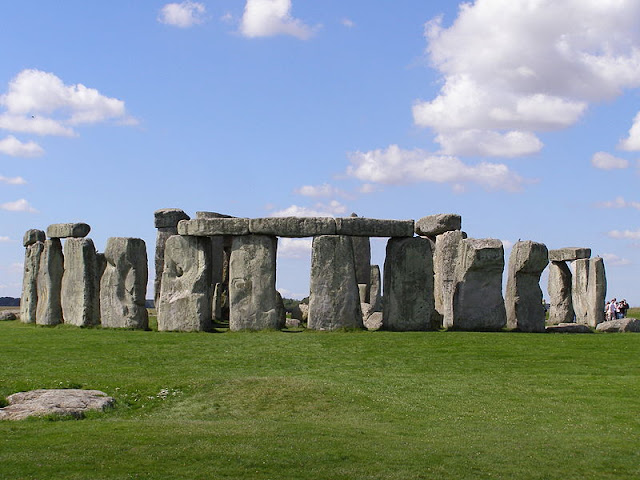
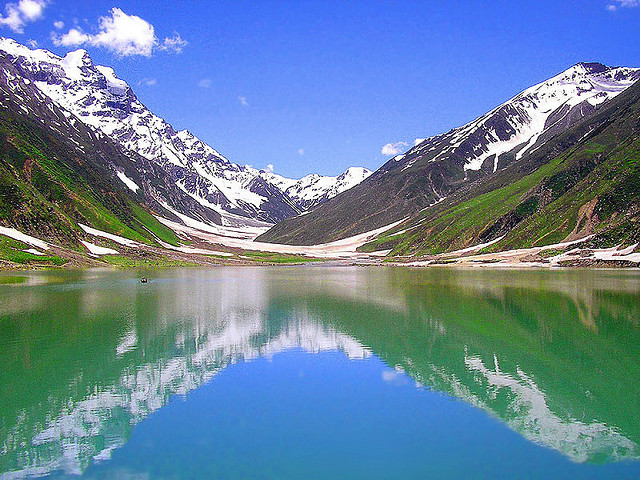
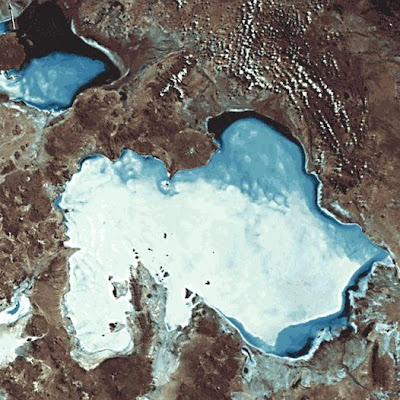

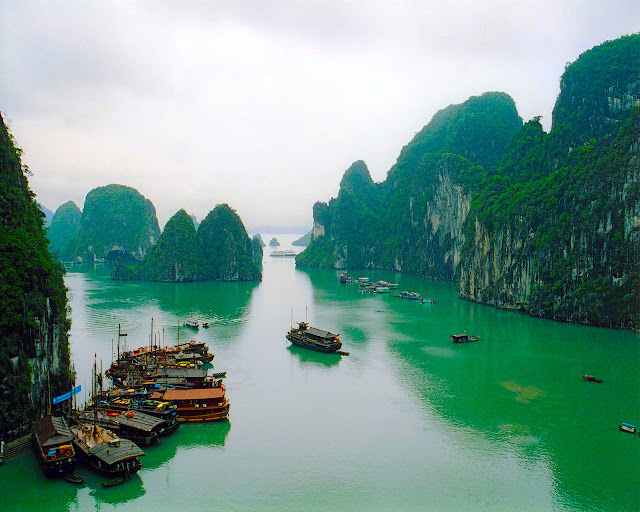
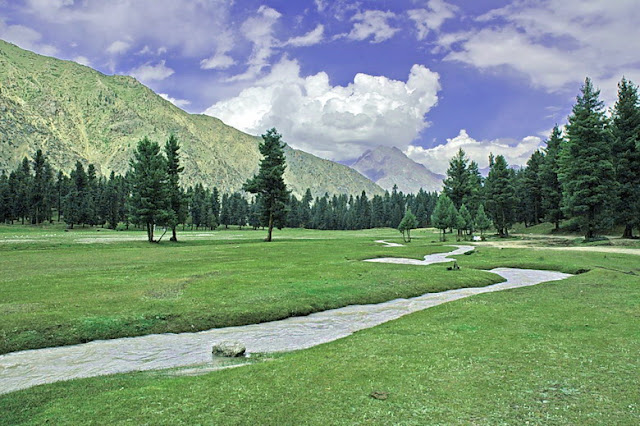
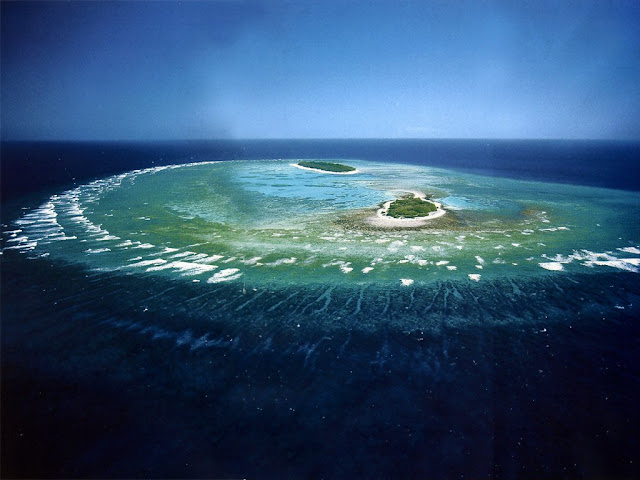
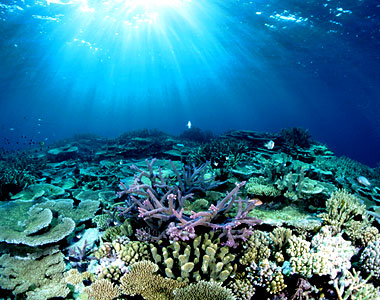









No comments:
Post a Comment